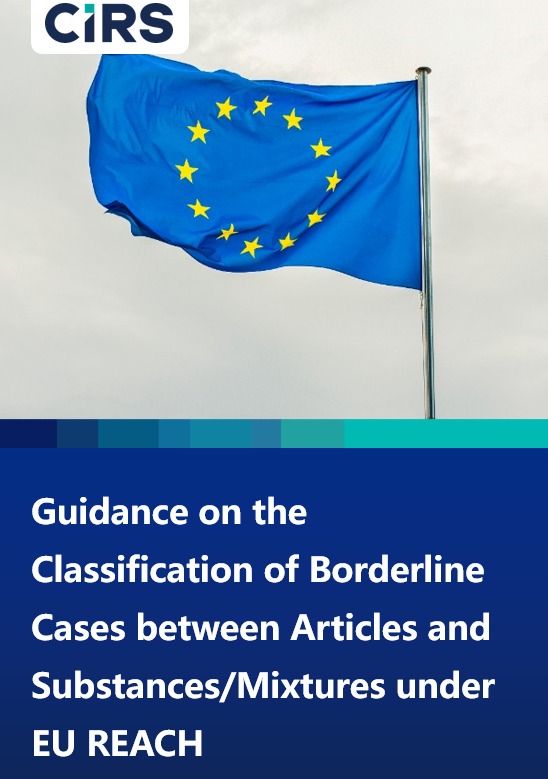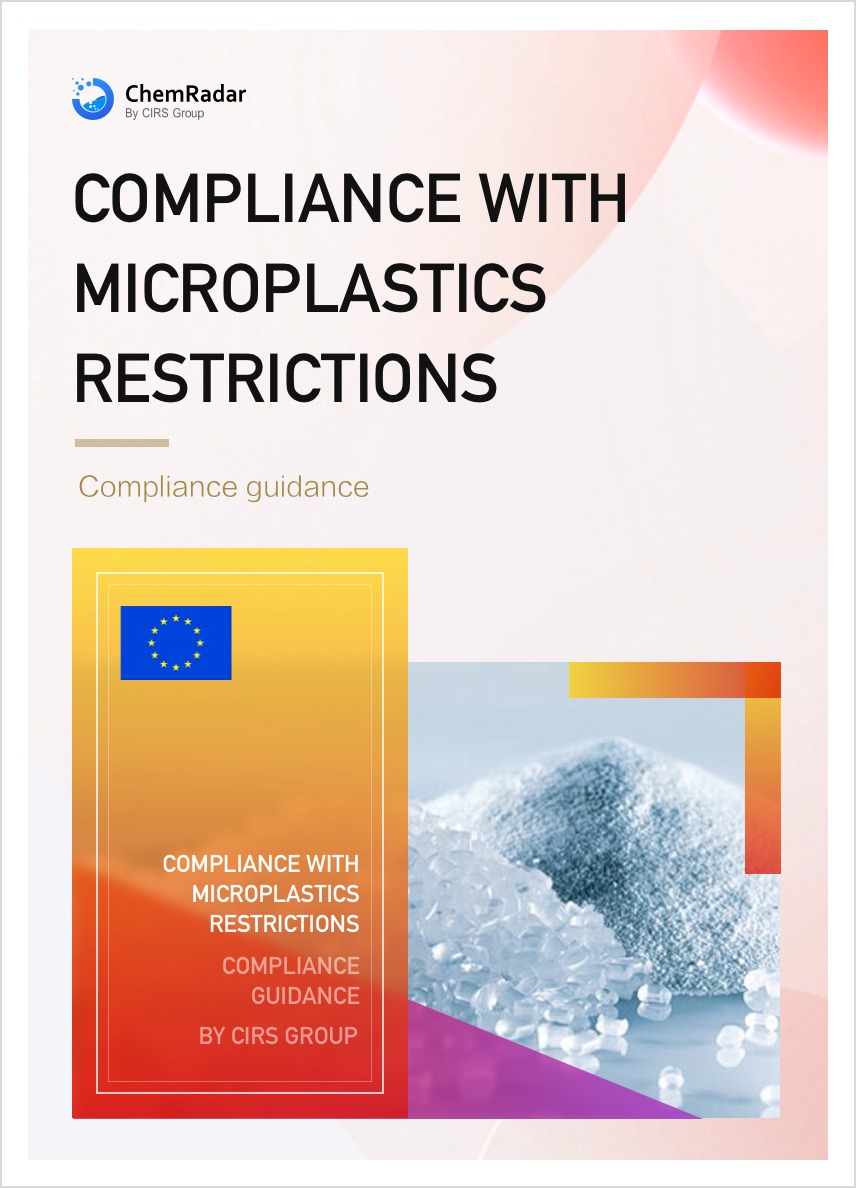On September 15, 2025, the European Chemicals Agency (ECHA) announced that its Socio-Economic Analysis Committee (SEAC) plans to complete its draft assessment of the proposal to restrict perfluoroalkyl and polyfluoroalkyl substances (PFAS) at its March 2026 meeting. The latest version of the restriction proposal, the 14th edition, was released in August 2025. Following the meeting, a 60-day public consultation period will commence.
Background
The PFAS restriction proposal was jointly drafted by Denmark, Germany, the Netherlands, Norway, and Sweden and submitted to the ECHA in January 2023. The first round of public consultation, which took place from March to September 2023, involved over 5000 pieces of industry feedback. On August 20, 2025, ECHA released the revised 14th edition of the PFAS restriction proposal, which included assessments for eight additional industry sectors. For specific revision details, please refer to the previous news:
https://www.chemradar.com/en/news/detail/ew0wlmxfdurk
Proposed Concentration Limits
Based on the analysis of existing information, the following enforceable threshold standards are proposed for PFASs marketed as individual substances, other substances containing PFASs, formulation components, mixtures, or products:
- 25 ppb: Limit for any single PFAS (determined using targeted PFAS analytical methods, excluding polymer-type PFASs in quantification);
- 250 ppb: Limit for the total amount of all PFASs (also determined using targeted PFAS analytical methods, with the option to degrade precursors beforehand, excluding polymer-type PFASs in quantification);
- 50 ppm: Limit for the total PFAS content (including polymer-type PFASs).
If the total fluorine content exceeds 50 mg F/kg, manufacturers, importers, or downstream users must provide evidence upon request by enforcement authorities to prove whether the measured fluorine originates from PFAS or non-PFAS substances.
Consultation Details
- Timing: SEAC is tentatively scheduled to form draft opinions in early March 2026, with the consultation period starting immediately after the meeting.
- Format: The consultation will take the form of a structured questionnaire survey, inviting participants to answer questions about the potential impacts of restricting PFAS use across various industries. Participants will also need to provide specific information about the availability and feasibility of substitutes for these widely used chemicals. All feedback must be directly entered into the corresponding Q&A areas of each survey topic to enhance information processing efficiency. Attachments will not be accepted during this consultation.
- Confidentiality: Information marked as confidential will be handled appropriately. Information related to PFAS risk assessment is not within the scope of this consultation and will be separately assessed by the Risk Assessment Committee (RAC).
- Open to: All stakeholders, including industry representatives, non-governmental organizations, researchers, and the public.
- Information Handling: All confidential information will be processed according to regulations, and feedback content must be directly entered into designated question fields.
To assist stakeholders in preparation, ECHA will host an online briefing on October 30, 2025. The specific agenda and consultation guide will be published on the official website. The consultation guide will also be released to help stakeholders submit information that can be referenced by the committee for final decision-making.
Next Steps
SEAC will form its final assessment conclusions by the end of 2026, marking the official completion of ECHA’s scientific assessment work on the PFAS restriction proposal.




